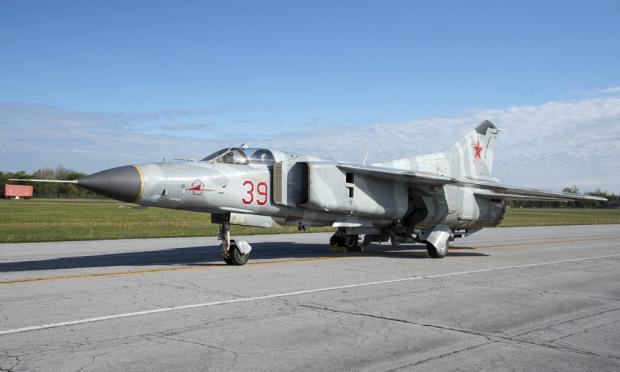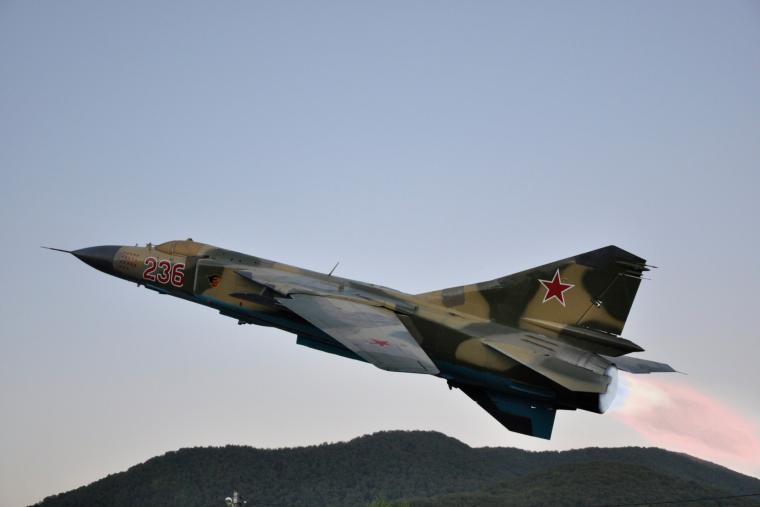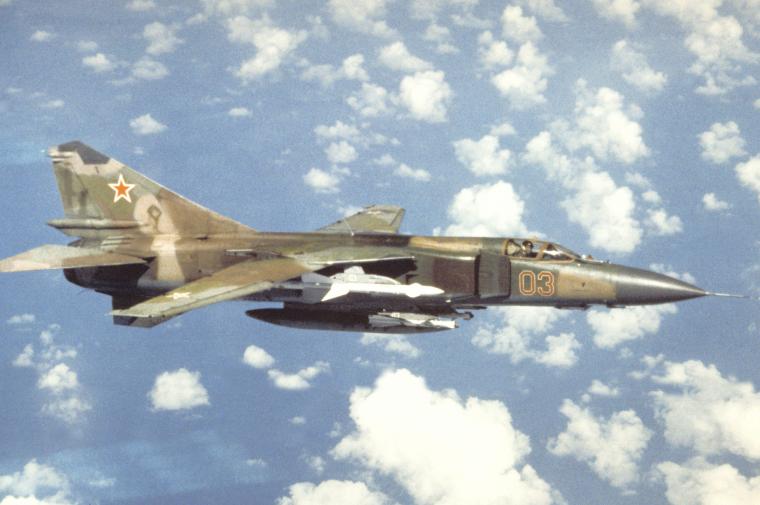The production of a military aircraft is not an easy task. There is a high probability of mistakes during the process of making the concept a real aircraft. Even if that works, it's never really ideal.
Another hard thing to do is choose the worst fighter of all time. To make things easier, we will set some criteria before choosing. First of all, the aircraft must be a product of mass production, secondly, it needs to have served at least one air force and lastly, it must have combat experience. Based on that, let's see what is the worst aircraft fighter of all time.
Its concept was born in the '60s as the Soviets wanted an answer to the F-4 Phantom II of the US. The concept was the MiG-23 that NATO called Flogger. The ambitious fighter was built as a light, single-engine jet that was agile, just like the MiG-21. We should add that the MiG-23 was intended to replace the MiG-21, as it had more avionics, better range, hanging, and better attack performance (armament, targeting systems).
The main roles of the aircraft were attack and interception. The results weren't so good. In dogfights, the MiG-21 was inferior to the Western rival, the F-15 Eagle. Additionally, the fighter had a lot of instability issues and the testing pilots stated that at high speeds the fighter was very unstable. Plus, they said that it was really difficult to land the aircraft under harsh weather conditions. MiG-23 had a lot of technical issues too, like the inconvenient lifetime of its R-29 lifetime. Its fuel tank had some design flaws too, while the engine was overheated too. The aircraft, that was built to replace the MiG-21, was not only worse but also more expensive.
Okay, but how did it perform? Things were clear in that part as MiG-23 was a clear disaster. We can't cover everything, but we will only talk about the highlights of the matter. More than 10 Syrian MiG-23 were shut down by Israeli F-15 and F-16 during conflicts between the two countries. Iraq MiG-23 performed very poorly against Iranian F,15, F-4, and F-5s. Lebanese MiG-23s were even worse again the Egyptian MiG-21 fighters, and two of them were shut down by American F-14 Tomcats in 1989.
The constant failure records of the MiG-23 result in the early retirement, even before the retirement, of the MiG-21, the one meant to replace. The Soviet Air Force moved and MiG-27 aircraft. Most of the customers of MiG-23 found alternatives in the next decade. Now, most of the active operators are Syria and North Korea. Flogger reminds us that even the most ambitious ideas can be destroyed by poor execution.








